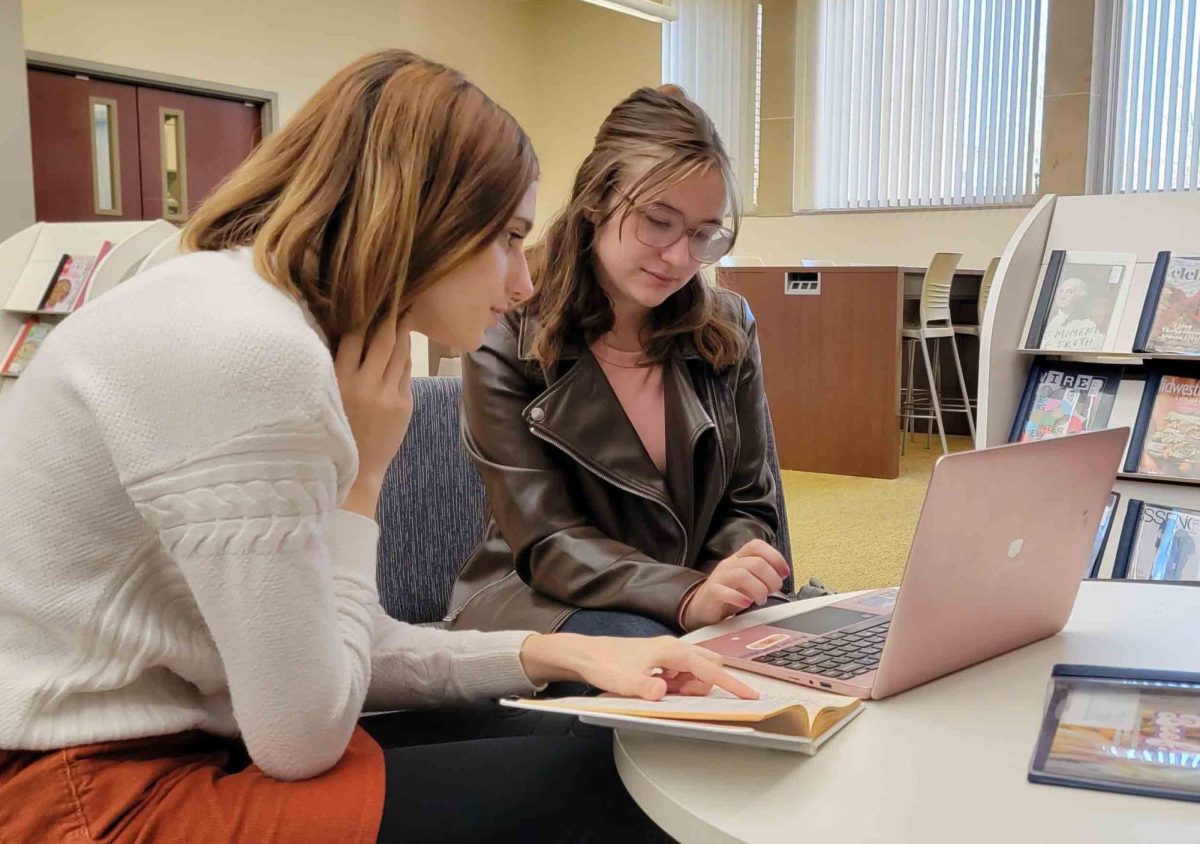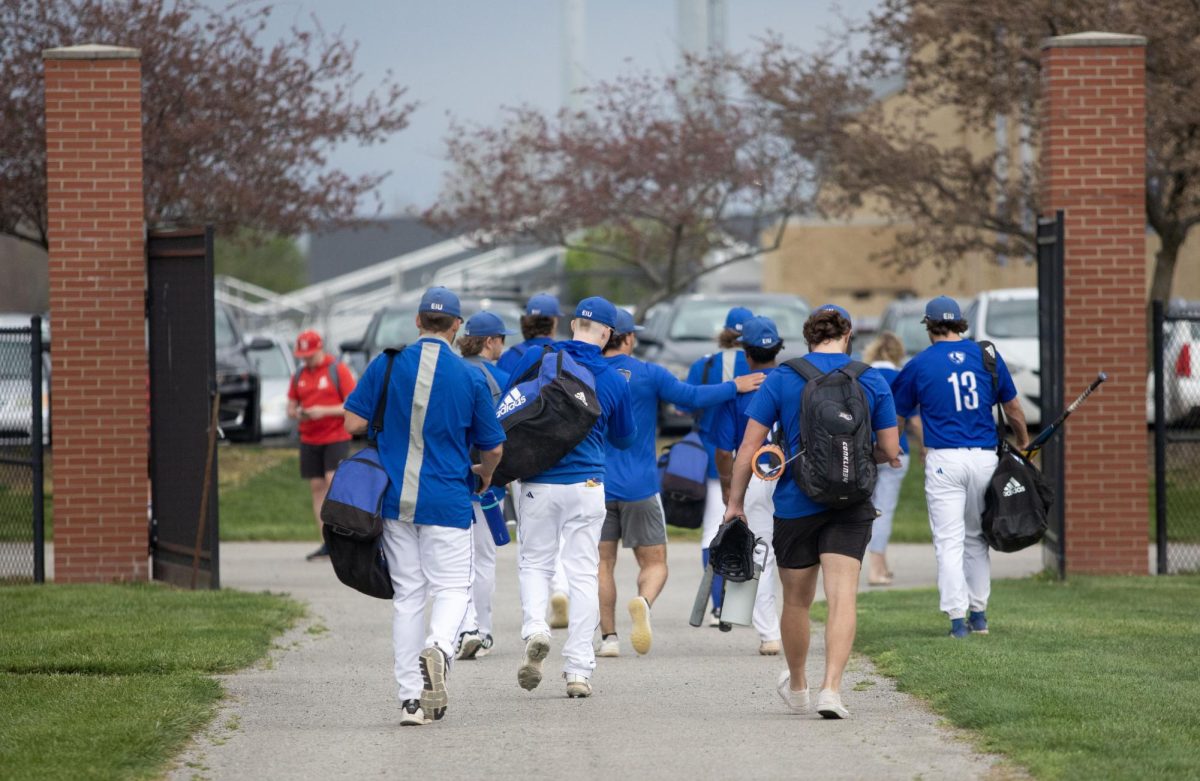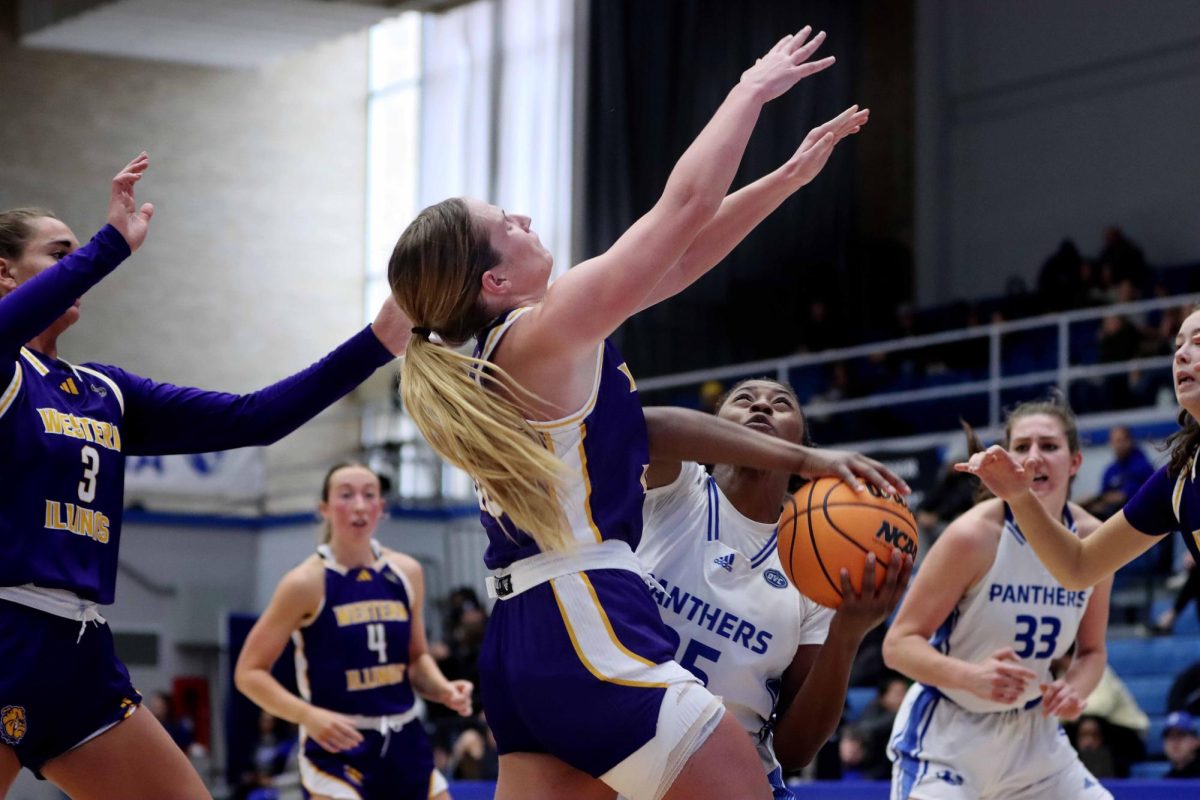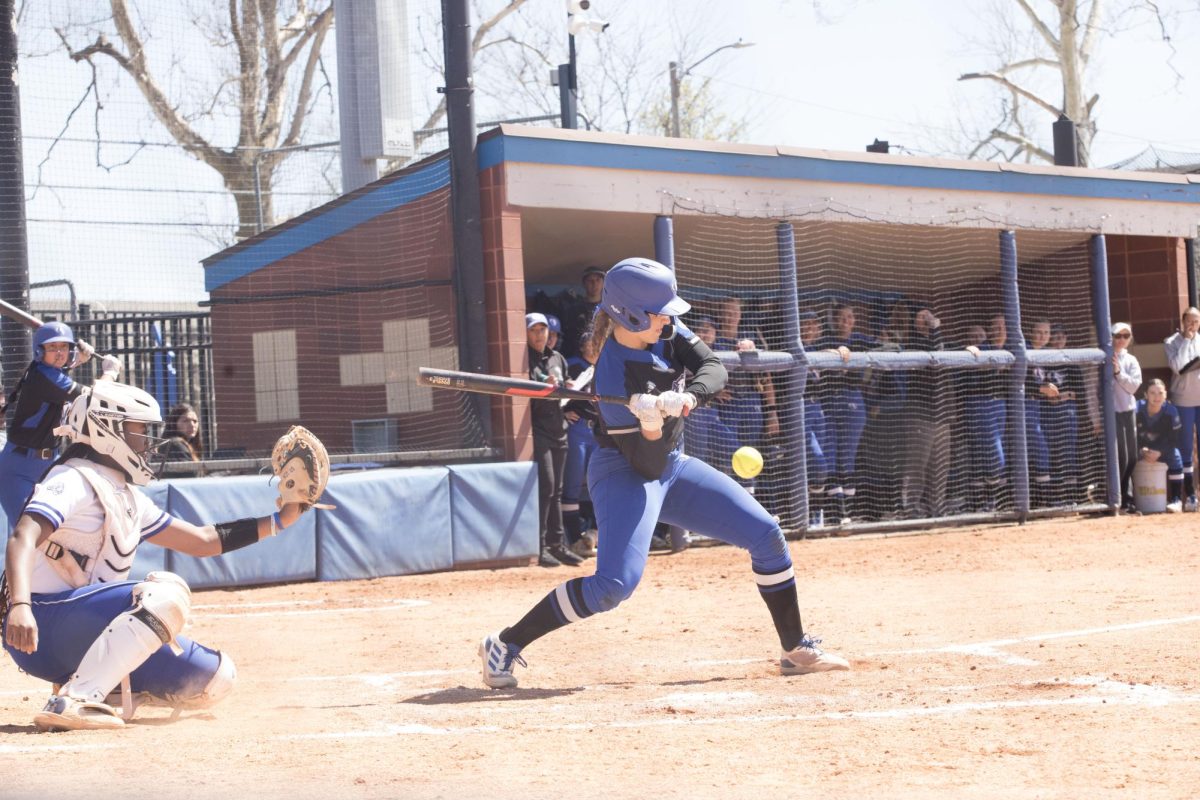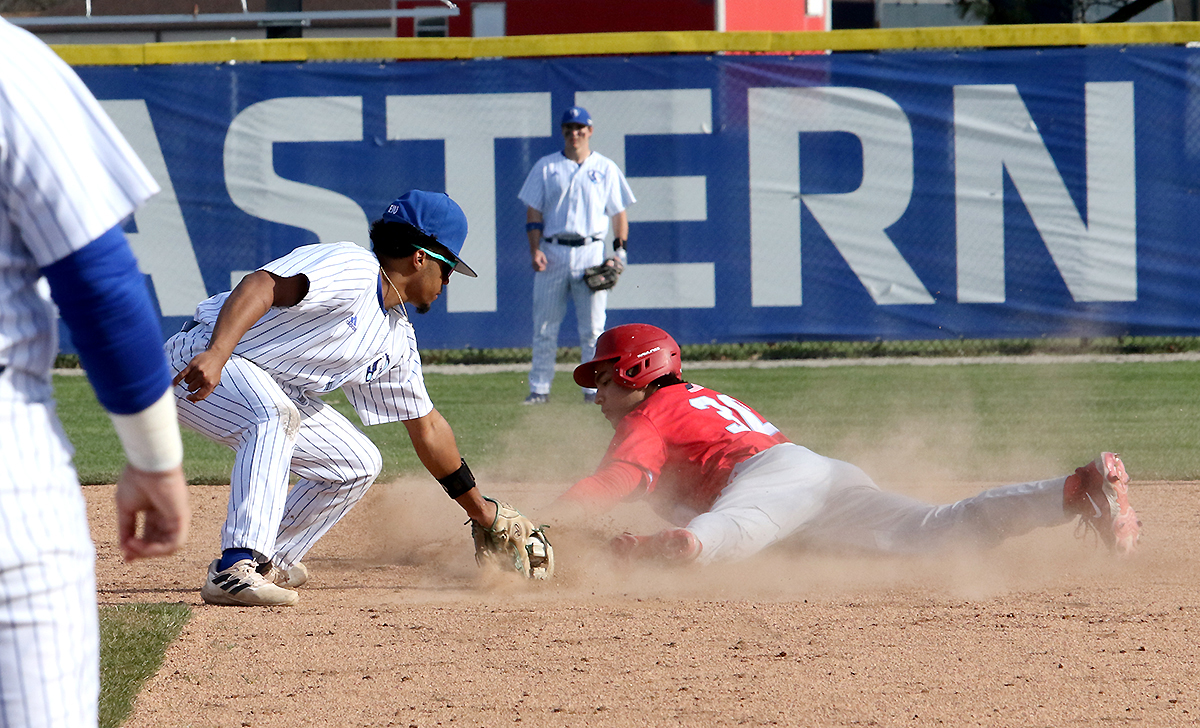Winter blasts bring warm days to semester
Kevin Elliott, an Eastern alum who graduated with a degree in geography in Dec. 2006, can remember that one day he felt a drastic change in the weather.
It was when he experienced “a blast of winter,” as he put it.
That day was a day in the early 60s. This happened last spring when he was working at the Wal-Mart garden center putting out plants.
The blast of winter and increased temperature was part of global warming – an ongoing concern.
In that one-day alone, the weather had increased over 20 degrees.
Elliot went from wearing a heavy coat and goggles one day to wearing a light windbreaker the next.
This is not something that just started to happen.
“Temperatures have been climbing regularly since the industrial revolution,” said Kathy Bower of the geology / geography department. “Fossils are an impact from the Industrial Revolution.”
While not every scientist will give the exact answer on the problem, there are some factors of the problem that most scientists will agree on, like the ozone layer.
“The dwindling ozone layer is allowing more solar radiation to reach the surface of the Earth,” said Cameron Craig, instructor/climatologist who also runs the EIU WeatherCenter from the department of geology / geography.
Some of the problematic factors for the warmer weather are related to rapid increase of greenhouse gases, such as: carbon dioxide, methane, chlorofluorocarbons and nitrous oxide from burning fossil fuels, said Belayet Khan of the geology / geography department.
More of the greenhouse gases contribute to the greenhouse effect.
“There has been a trend of carbon dioxide in recent years, which is increasing temperatures,” said Kathy Bower of the geology / geography department.
Another proposed cause of this warmer weather pattern has to do with the sun itself changing.
“The notion that the sun is in a changed state and the sun has been the strongest over the past decades contributing to increased global temperature,” Khan said.
A number of new hazards come along with the warmer weather factors are affecting not just humans now.
If the weather has been warmer for a prolonged amount of time, damage will likely be done, Khan said.
“Severity of the hazards will likely depend on how extreme the temperature is and how persistent that extreme is as well,” Khan said.
The affects of the warmer weather patterns do not just affect the environment for a little while and then leave; the effects of this weather usually last a while.
“It can certainly affect our everyday life by adversely impacting agricultural production, water shortage, transportation, and energy consumption,” Khan said. “Hazardous effects of extreme temperatures may also incorporate many facets of our environment such as epidemics, diseases, heat strokes, resurgence of deadly diseases.”
More coverage is being done on topics such as global warming and these harsh temperatures.
USA Today ran a story Dec. 26, 2007 on global warming recently titled, “Global warming cast an unrelenting shadow.” The story focused on parts of science considered having developments in.
“It (global warming) led the pack as the main science story of 2007,” the story reads. “This was a year in which the topic moved from being theory to fact in the scientific world and, perhaps more important, in the minds of many Americans.”
The hazardous effects are most likely not going to be the same for different locations because not every location will have had the same exact weather increase.
“While some locations will see a drastic warming, others will have a slow warming,” Craig said.
The growing idea of “going green” may appear as though it could reverse some of these problems, but it can’t, Craig said.
Even if everyone started to “go green,” not much could be done to reverse the damage that has already been wrought, Craig said.
“When we reduce our harmful influence, we can reduce the effects but not reverse them. On the other hand, if we continue on this path as we have in the past, the effects could be catastrophic,” Craig said.
Ashley Mefford can be reached at 581-7945 or at almefford@eiu.edu.

